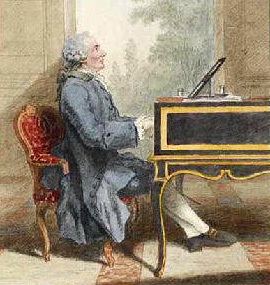First performance 26 October 1765 Librettist Charles Simon Favart | Language French | |
 | ||
Similar Mârouf - savetier du Caire, Richard Coeur‑de‑lion, Le devin du village, Atys, Mignon | ||
La fée Urgèle, ou Ce qui plaît aux dames (The Fairy Urgèle, or What Pleases Women) is an opéra comique (specifically a comédie mêlée d'ariettes) in four acts by the composer Egidio Duni. The libretto, by Charles-Simon Favart, is based on Voltaire's Ce qui plaît aux dames and Chaucer's The Wife of Bath's Tale.
Contents
Performance history
The opera was first performed at the Théâtre Royal de la Cour at Fontainebleau on 26 October 1765. The elaborate medieval staging cost 20,000 livres according to Grimm in his Correspondance littéraire. It was revived at the Comédie-Italienne on 4 December 1765 and given over 100 times in the following years, popularizing medieval settings for other operas such as Richard Coeur-de-lion and Aucassin et Nicolette.
Roles and role creators
Synopsis
Robert is a knight imprisoned in a 7th-century French court controlled by women. He must answer the question: what gives the most pleasure to women? He is obliged to agree to marry an old woman who is then transformed into the beautiful Marton.
